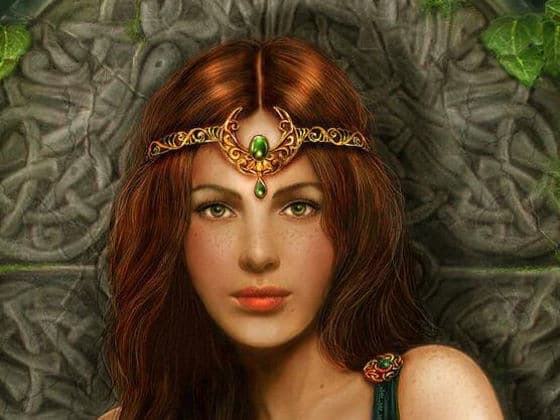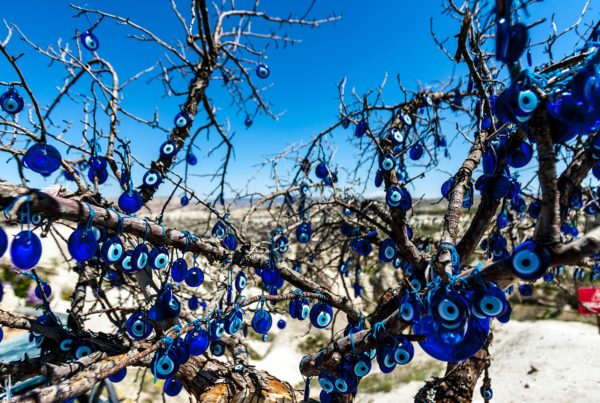
Ave Brigid in Imbolc. Brigid, mistress of the elements, nomad, giantess, goddess, priestess, saint, fairy... Brigid is a woman of many titles and many names. Many stories have been told about her origins: for some she is Celtic, for others Christian, but by all she is loved, respected and honoured.
She represents the many aspects of the sacred feminine, and it's almost as if she deliberately doesn't allow herself to be pigeonholed, confusing those who wish to limit her abilities, diminish her power, appropriate her or put a label on her. And so it was that, when humanity began to create an increasingly polarised world, Brigid metamorphosed, effortlessly and without much transition, from goddess to priestess to abbess, and quite recently she made her return as a goddess. She builds bridges, focusing on similarities rather than differences, bringing peoples, cultures and beliefs together.
This unique ability has enabled her to travel down the centuries, setting an example of endurance, refusing to let cultural or religious persecution weaken her influence and surviving tenaciously in the hearts and minds of the Celtic peoples. So much so that even Great Britain and Brittany in France owe their names to her.
Brigid means "luminous" or "arrow of fire", a very appropriate name for a torchbearer who has carried ancestral knowledge and ancient traditions into our era, nurturing them until they can once again take root and come to life. In this way, Brigid is also a beacon of hope, teaching us resilience and helping us to keep the faith, beyond our circumstances, through the winters of life. She teaches us how to lean on and nurture the fire inside us, how to keep our power and focus on what's important to our soul, instead of spending our fire on futile struggles.
Brigid is a triple goddess, representing the three sacred arts of the fire element: as the goddess of poetry she assumes the aspect of the muse, igniting the inspiration of artists, as the goddess of the forge she assumes the aspect of the alchemist, lighting the fires of transformation and as the goddess of healing she represents the mother goddess who transmits her divine light to humanity. Her spirit lives on in the souls of people who create with passion and ardour, the bards and storytellers who awaken the divine light in people, the poets who sing of the beauty of the world and the healers who heal with the grace of their sacred heart.
Brigid is invoked by lighting candles or fires in his honour, and prayers in his honour are said by lighting the hearth, a sacred place in the Celtic home, the heart of the house. In recent times, the cult of Brigid has again gained prominence and a perpetual flame that burned in her honour for centuries in the town of Kildare (kept by Druid priestesses in pre-Christian times and then continued by nuns afterwards) until the monasteries were dissolved by Henry VIII, has now been rekindled since 1993, signalling that it was time for Brigid to drop the veil of the past and reveal herself to us once again to guide us towards unity and peace with the help of divine inspiration.


